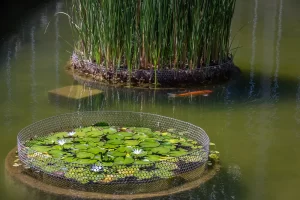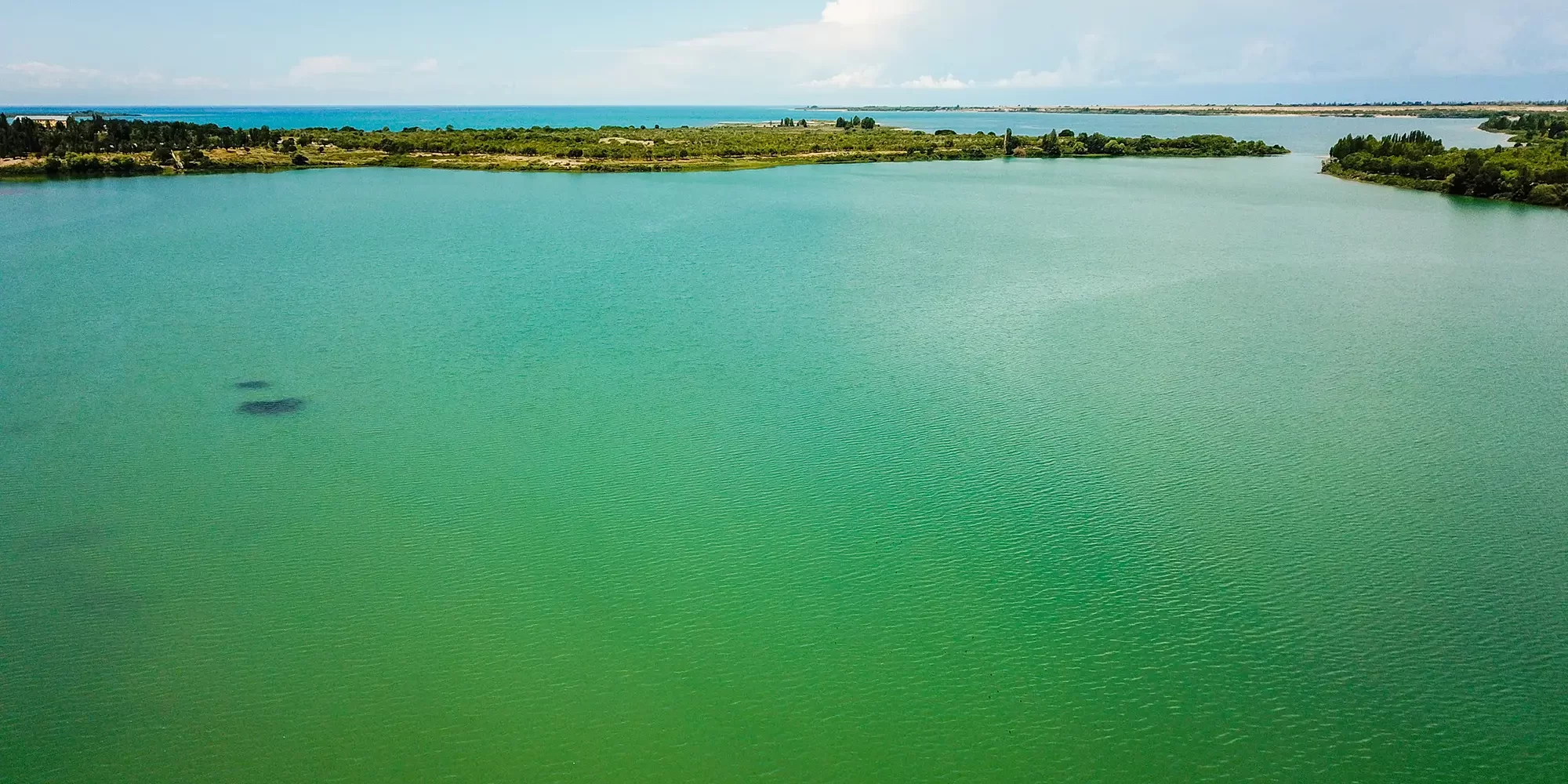Algae growth in water systems can pose significant challenges, affecting water quality, aesthetics, and functionality of these systems.
From small ponds to large reservoirs, managing algae is crucial to maintaining healthy aquatic environments and ensuring the efficiency of water systems.
Chlorine Dioxide (ClO2) has emerged as a powerful and effective solution for controlling algae growth, enhancing water quality, and improving the overall functionality of water systems. This article analyses how Chlorine Dioxide can be utilised for algae control across various water systems.
Understanding Algae Growth
 Algae are simple aquatic plants that can proliferate rapidly in water bodies with sufficient nutrients, light, and warmth. While some algae are harmless, others can produce toxins harmful to aquatic life and humans. Excessive algae growth, known as algal blooms, can lead to:
Algae are simple aquatic plants that can proliferate rapidly in water bodies with sufficient nutrients, light, and warmth. While some algae are harmless, others can produce toxins harmful to aquatic life and humans. Excessive algae growth, known as algal blooms, can lead to:
- Oxygen Depletion: Algal blooms consume oxygen, which can lead to hypoxic conditions, harming fish and other aquatic organisms.
- Toxin Production: Certain types of algae produce toxins that can contaminate water supplies and pose health risks.
- Aesthetic Issues: Algae can cause unsightly green water, reducing the recreational and aesthetic value of water bodies.
- Operational Challenges: In water treatment facilities and industrial water systems, algae can clog filters, pipes, and equipment, reducing efficiency and increasing maintenance costs.
How Chlorine Dioxide Controls Algae
Chlorine Dioxide is a highly effective oxidising agent that works through several mechanisms to control algae growth:
- Direct Oxidation: ClO2 directly oxidises the cell walls of algae, disrupting their cellular function and leading to their destruction.
- Inhibition of Photosynthesis: By penetrating algal cells, ClO2 inhibits photosynthesis, effectively halting the growth and reproduction of algae.
- Preventing Biofilm Formation: ClO2 prevents the formation of biofilms, which can harbour algae and other microorganisms, ensuring that surfaces and equipment remain clean.
Applications of Chlorine Dioxide in Algae Control
- Small Ponds and Lakes: In smaller water bodies, such as ornamental ponds and small lakes, ClO2 can be applied to maintain clear water and prevent the unsightly build-up of algae. Regular dosing ensures that algae levels remain low, preserving the aesthetic and ecological balance of these environments.
- Large Reservoirs: For larger water bodies, such as reservoirs used for drinking water supplies, ClO2 is crucial in preventing algal blooms that can compromise water quality. The controlled application of ClO2 helps maintain the clarity and safety of drinking water, protecting public health.
- Industrial Water Systems: In industrial settings, ClO2 is used to keep cooling towers, heat exchangers, and other water-dependent systems free from algae. This not only enhances system efficiency but also reduces maintenance costs and downtime associated with algae-related blockages.
- Municipal Water Treatment: Municipal water treatment plants use ClO2 to manage algae in raw water sources, ensuring that treated water meets quality standards. ClO2’s effectiveness in low concentrations makes it a cost-effective solution for large-scale water treatment.
Benefits of Using Chlorine Dioxide for Algae Control
- Highly Effective: ClO2 is more effective than traditional chlorine treatments, especially in water with high organic content.
- Safe and Environmentally Friendly: ClO2 does not produce harmful by-products, making it safer for both human health and the environment.
- Versatile: Suitable for various water systems, from small ponds to large industrial facilities, ClO2 offers a flexible solution for algae control.
Chlorine Dioxide is a powerful tool for controlling algae growth in water systems, ensuring high water quality and enhancing system functionality. Its versatility, safety, and effectiveness make it an ideal choice for managing algae in a wide range of applications. Contact us for more information on how Chlorine Dioxide can benefit your water system.






